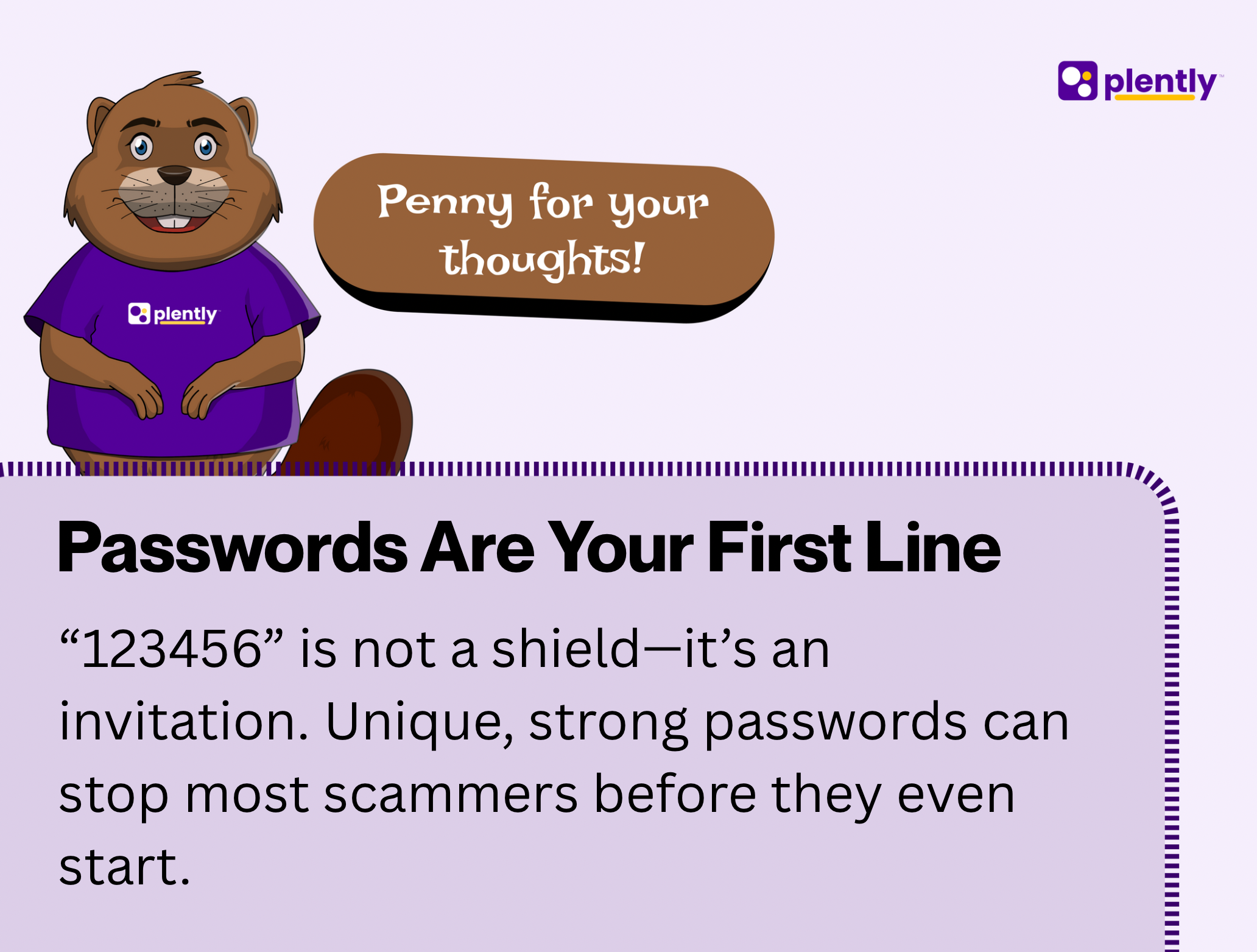Protect Your Finances From Identity Theft and Synthetic Fraud
4 mins read
Published on Aug 2, 2025

Introduction
Ever woken up to a “Thanks for your new credit card application” email… that you never sent?
Yeah, not fun.
The truth is, financial scams are no longer limited to someone stealing your wallet or card info. These days, fraudsters are cooking up entire fake identities using bits and pieces of real ones—maybe even yours. It’s called synthetic fraud, and it’s one of the fastest-growing (and scariest) types of identity theft.
But don’t panic just yet. In this article, we’ll break it all down—from how this type of fraud works to the smart (and simple) ways you can protect yourself.
What Is Synthetic Identity Fraud (And Why Should You Care)?
Imagine a criminal taking your real Social Security Number (or Bank Verification Number) and combining it with a made-up name and address. Voilà—a new identity is born.
This fake person can apply for credit, rack up debt, and disappear, while you’re left wondering why your credit score is tanking. Unlike traditional identity theft, which steals your whole identity, synthetic fraud just borrows bits of it. That’s what makes it harder to detect.
And here’s the scary bit: It’s responsible for over $20 billion in annual losses worldwide.
How to Know if You’ve Been Targeted
Synthetic fraud doesn’t always scream its presence. Sometimes, it whispers. Here are signs you shouldn’t ignore:
You’re denied a loan or credit card for no clear reason.
Your credit report has accounts you didn’t open.
You start getting mail for names similar to yours.
Debt collectors start calling about unfamiliar debts.
You receive alerts from banks you’ve never used.
If something feels “off,” don’t brush it aside. That tiny red flag could be waving at a much bigger issue.

How to Prevent Identity Theft and Financial Fraud
Okay, now let’s get practical. Here’s how you can stay steps ahead of the scammers:
✅ Freeze your credit report.
This is one of the best moves you can make. It stops anyone from opening new accounts in your name. And yes—it’s free in many countries, including the U.S.
✅ Set fraud alerts.
If you’ve been part of a data breach or even think your info’s been compromised, set up alerts with credit bureaus or your bank. They’ll notify you of suspicious activity.
✅ Use strong, unique passwords.
No more “123456” or “qwerty”! Use a password manager to keep things secure and avoid reusing the same password everywhere.
✅ Avoid oversharing online.
Scammers love social media. Your birthday, dog’s name, or favorite teacher—these can be used to guess security questions. Be mindful of what you post.
✅ Secure your devices.
Use antivirus software, update your apps, and avoid logging into sensitive accounts on public Wi-Fi.
Phishing Scams to Watch Out for in 2025
Scammers are levelling up. You’ll now find AI-generated voice notes that sound eerily like your boss, or even your mom.
Here are some fraud flavors to avoid:
🚨 Phishing: Fake emails or websites asking you to “reset your password” or “verify your bank details.”
🚨 Smishing: Scam texts with dodgy links.
🚨 Vishing: Scam phone calls pretending to be your bank, employer, or even a government agency.
⚠️Important rule: If it feels urgent and asks for personal info, pause. Real companies won’t rush you like that.
Should You Use Credit Monitoring Services?
If you’re super busy (or just don’t want to stress about this stuff every day), credit monitoring tools can help. Here’s what they typically do:
Alert you to changes in your credit report.
Scan the dark web for your info.
Some offer insurance for fraud-related losses.
Free options: Credit Karma, your bank’s alerts
Paid ones: LifeLock, Aura, IdentityForce
You don’t have to use a paid service but, if peace of mind is worth a few bucks, it’s something to consider.
What to Do if You Suspect Identity Theft
Caught something suspicious? Don’t wait it out. Take action ASAP:
Report it to your financial institution.
They can freeze your account, investigate, and help you recover.Contact your credit bureaus.
Request a freeze or fraud alert.Go to identitytheft.gov (if you’re in the U.S.) or your country’s consumer protection agency.
File a police report if needed, especially if someone used your info to commit a crime.
Keep all documentation.
Trust us, if things escalate, you’ll be glad you have a paper trail.
Conclusion
Stay Proactive, Not Paranoid
Yes, identity theft is real. Yes, synthetic fraud is growing. But no, you don’t have to live in fear.
A few smart moves like freezing your credit, using good passwords, and staying alert, can go a long way. Think of it like locking your doors at night. Not because someone’s definitely coming in, but because it’s just wise to do.
Over to You:
Ever experienced fraud or spotted a scam before it got worse? Share your tips or horror stories—we all learn better together.
Last updated: Aug 2, 2025
Share this with your friends and family
Join the money party
Level up your financial game with our exclusive blog updates, delivered straight to your inbox
Other articles you might enjoy

Aug 2, 2025
Protect Your Finances From Identity Theft and Synthetic Fraud

Jul 25, 2025
Money Traps to Avoid in Your 20s (That No One Warns You About)

Jul 17, 2025
How to Financially Prep for a Layoff (Before It Happens)

Jun 26, 2025
2025 Tax Guide for Freelancers: How to Handle 1099 Income, Self-Employment, & More
Join the #1 banking app for the Commonwealth
Get started on Plently
Rosemary D.
Phia Consultants
It's like having the best financial partner in my pocket!

Jonathan G.
Open Space Inc
Plently has truly transformed my financial life.

Emily H.
Student
With their user-friendly interface and innovative tools, managing my money has become a breeze.

Margaret D.
Small Business Owner
I finally feel in control of my finances, thanks to Plently!

Alexander P.
Small Business Owner
After Plently, I can't imagine going back to traditional banking!

Oliver A.
Student
Being a part of a Money Circle has been a game-changer for me. It's not just about financial contributions; it's a supportive community working together towards shared goals

Loading comments...